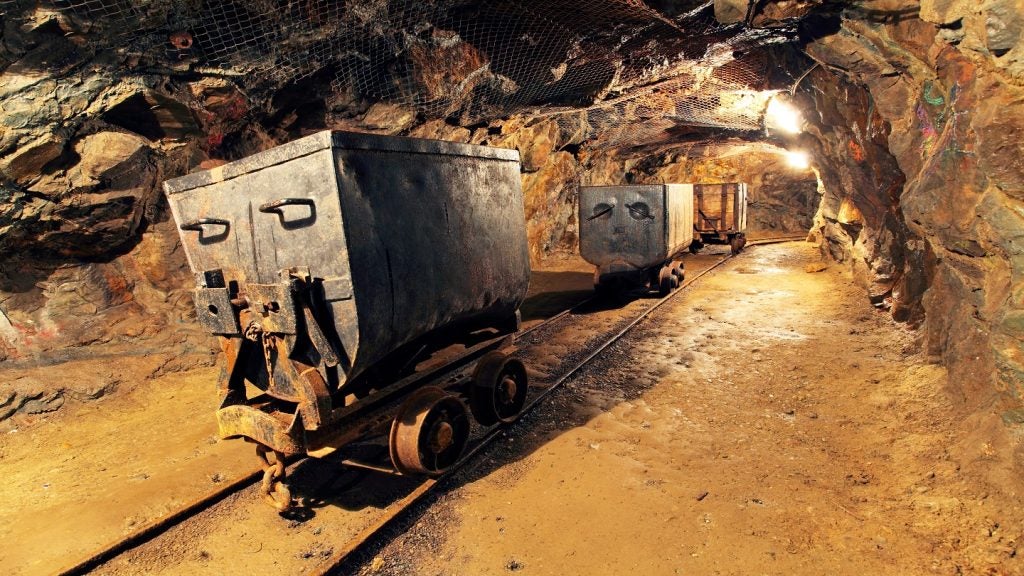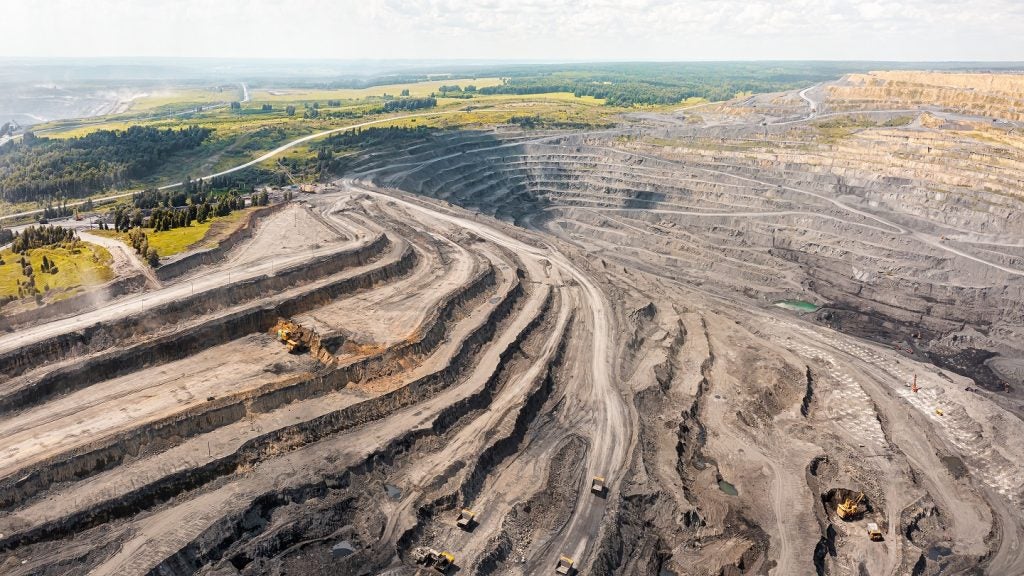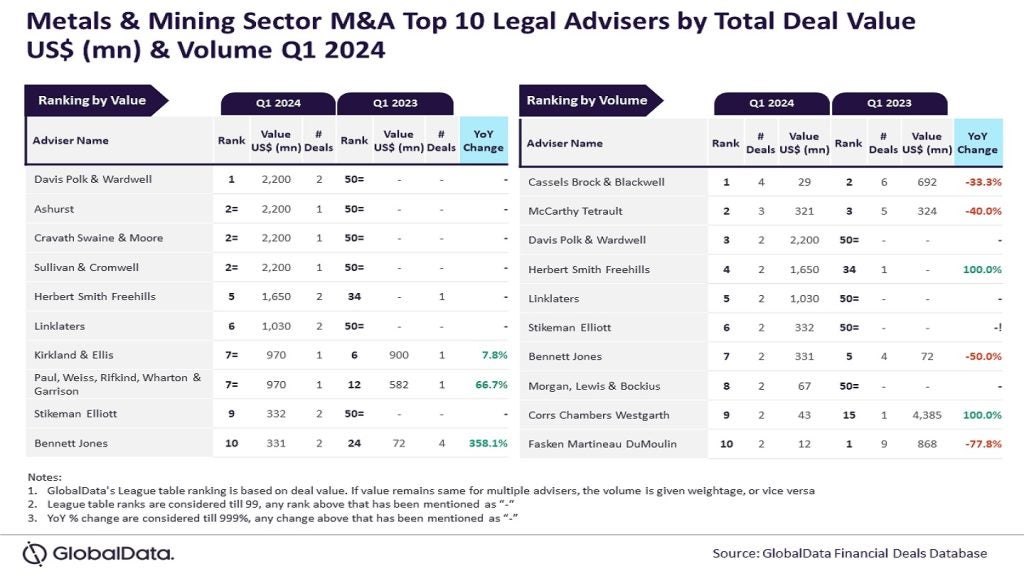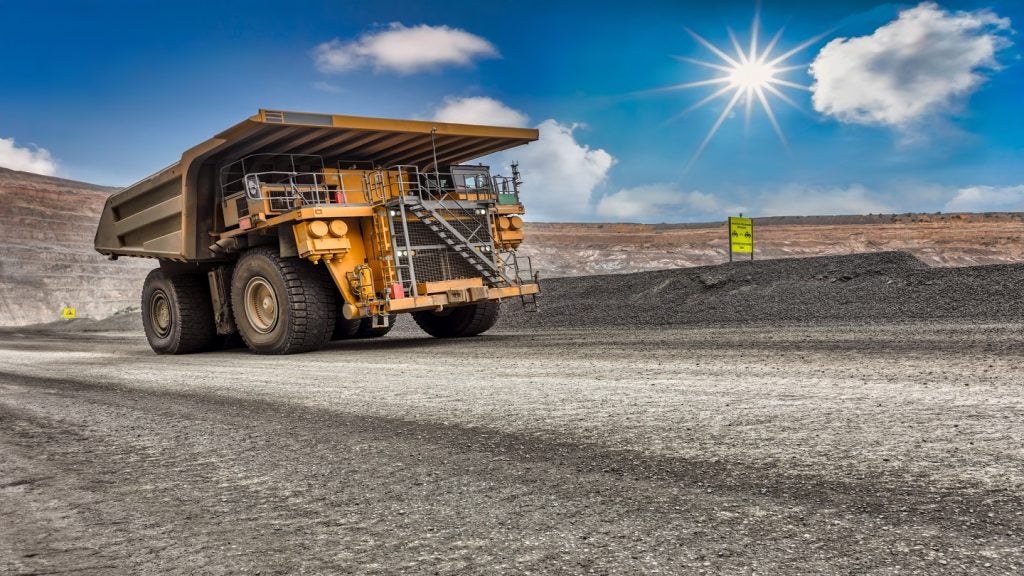Commercial Metals has filed a patent for a monolayer multi-axial integral geogrid that aims to stabilize aggregate. The geogrid consists of interconnected oriented strands and partially oriented junctions, forming a repeating pattern of outer hexagons with various openings. The design allows for better engagement, confinement, and stabilization of different types of aggregates. GlobalData’s report on Commercial Metals gives a 360-degree view of the company including its patenting strategy. Buy the report here.
Commercial Metals's grant share as of September 2023 was 48%. Grant share is based on the ratio of number of grants to total number of patents.
A multi-axial integral geogrid with interconnected strands
See Also:
A recently filed patent (Publication Number: US20230278277A1) describes a multi-axial integral geogrid that offers improved performance in reinforced construction and stabilization of soil structures. The geogrid is composed of interconnected oriented strands and partially oriented junctions, forming a repeating pattern of outer hexagons with openings. Inside each outer hexagon, there is a smaller inner hexagon with oriented strands. The geogrid also includes linear strands that extend continuously throughout its entirety without intersecting the inside of the outer hexagons.
The patent claims that the smaller inner hexagon in the geogrid can deflect up and down out of the plane of the geogrid during compaction of the aggregate. This deflection can reach up to about 33% of the thickness of the partially oriented junctions. The oriented strands in the geogrid have an aspect ratio of at least 1.0, preferably greater than 1.5, and form openings with repeating hexagonal, trapezoidal, and triangular shapes.
The geogrid is a monolayer and has a thickness ranging from about 3 mm to 9 mm. The patent also describes a starting material for making the geogrid, which includes a polymer sheet with a pattern of holes or depressions that provide three different shaped openings and linear strands that extend continuously throughout the geogrid when the sheet is biaxially stretched. The polymer sheet has an initial thickness of about 3 mm to 10 mm.
The patent further explains a method of making the multi-axial integral geogrid, which involves providing a polymer sheet, creating a patterned plurality of holes or depressions in the sheet, and biaxially orienting the sheet to form the interconnected strands and partially oriented junctions. The method also includes embedding the geogrid in a mass of particulate material to provide a reinforced construction.
The patent claims that the geogrid can be used to create a reinforced and stabilized composite soil structure by embedding it in a mass of particulate material. The geogrid's openings allow for interaction with granular materials of varying particle sizes, with an interaction range of at least 200 mm2. The smaller inner hexagon in the geogrid can deflect up and down out of the plane of the geogrid in an area of compliance ranging from about 50% to 75%.
Overall, this patent describes a multi-axial integral geogrid with unique features and a method for its production. The geogrid offers improved performance in reinforced construction and stabilization of soil structures, making it a potentially valuable innovation in the field.
To know more about GlobalData’s detailed insights on Commercial Metals, buy the report here.
Premium Insights
From

The gold standard of business intelligence.
Blending expert knowledge with cutting-edge technology, GlobalData’s unrivalled proprietary data will enable you to decode what’s happening in your market. You can make better informed decisions and gain a future-proof advantage over your competitors.







